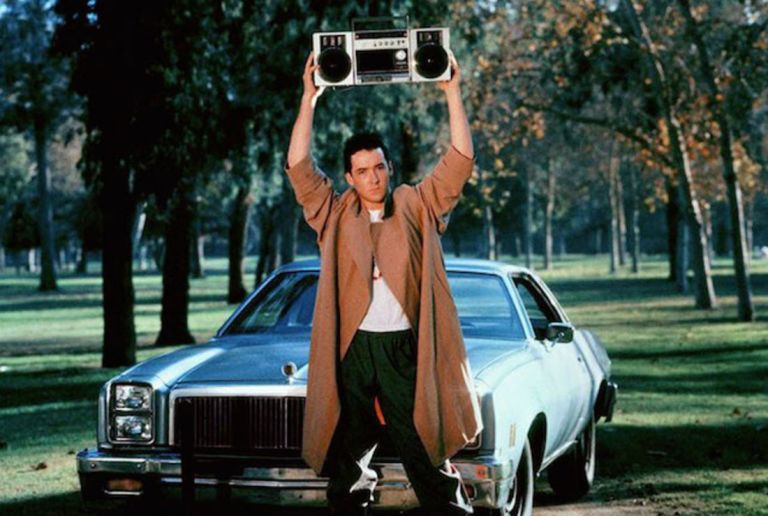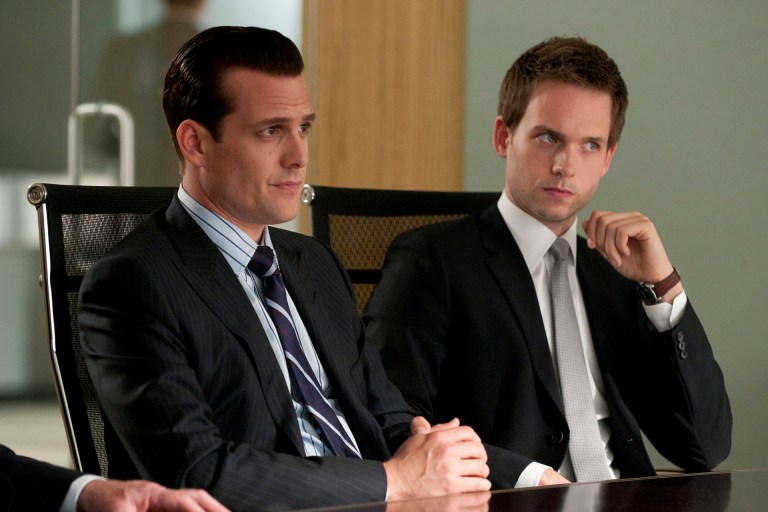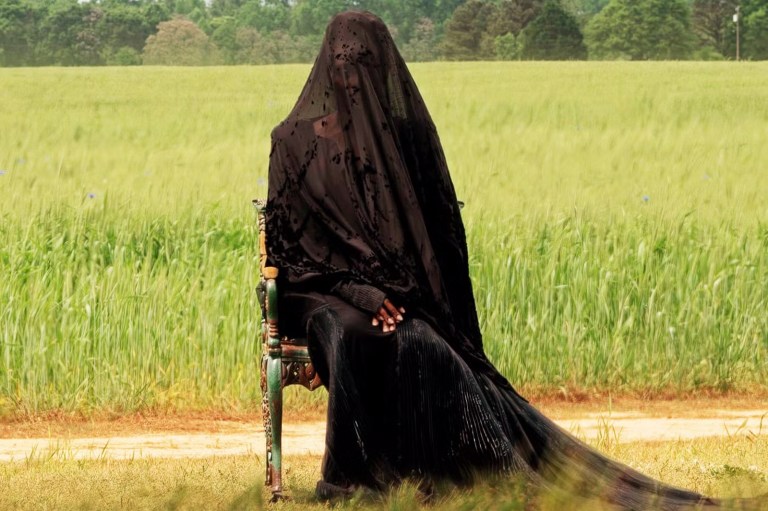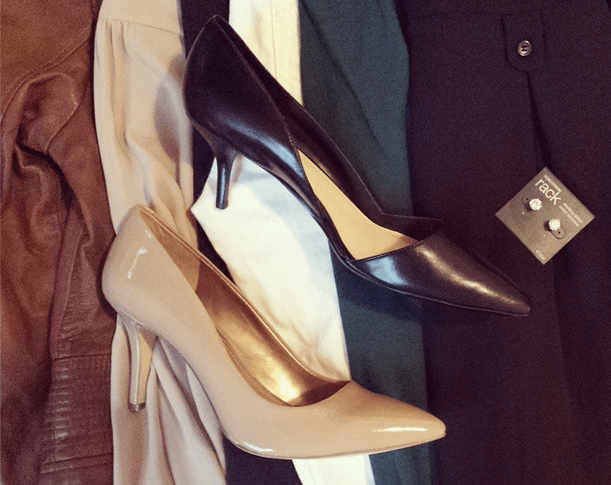
A Brutally Honest Breakdown Of What It Really Costs To Overhaul Your Wardrobe
10 dollars per "basic." Things like tank tops, plain long-or-short sleeve tees, etc, should be purchased with disposability in mind. They aren't made to last long, and they won't, so feel free to go to town at places like Forever21 for these.
For those who have not been following my budding financial journey, and I will assume that is all of you, allow me to explain: I have always been terrible about spending money, never planning out my budget, and consistently finding myself surrounded by impulse purchases that I don’t even particularly enjoy. And nowhere was this more evident than in my closet. I have always enjoyed hyper-feminine things, and am one of those people with an almost bird-like attraction to things I find aesthetically pleasing (“Ooh! That dress is pretty and pink. I must have it!”). There was never any rhyme or reason to how I put together my wardrobe, and I would often drift through a Forever21 on a whim and stock up on poorly-made items that I would wear once and then look at with disgust every time I opened my closet. I was constantly overwhelmed with the “I have nothing to wear” feeling, and had nearly endless frilly dresses that were impractical and, sadly, often unflattering.
I knew that part of my financial diet would be to rein in these terrible habits and finally construct the wardrobe that I wanted. I took on as my style star Inès de la Fressange:
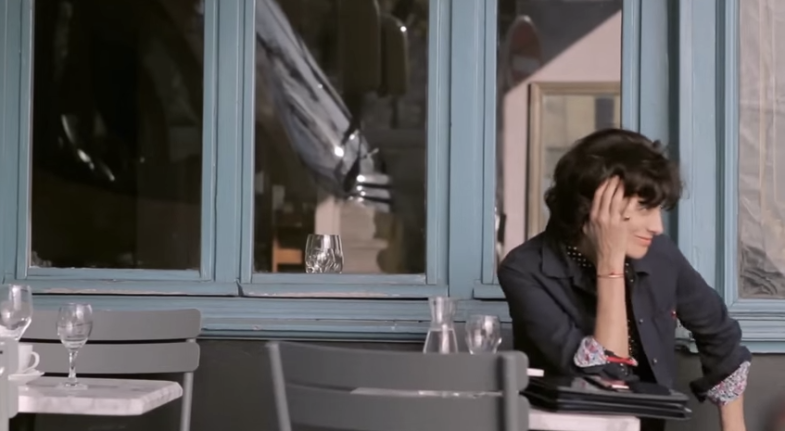
Her style (aided by the fact that she is much older than I am, and has evolved with her own age and the changing of trends with such enviable ease) is something that I find inspiring in a practical, everyday way. Most of my clothes (like, I imagine most of your clothes) will be worn in some professional capacity. And while dressing up to go to the office is fun, there has to be an ease, and a neutrality. I decided that I wanted to emulate her lightly feminine, effortless, chic style, particularly because it lends itself so well to someone who spends most of her time at a desk, and who lives in a city where style is appreciated, but not something that should dominate my life.
From this singular source of inspiration, I came up with a list of basic, foundational things that I needed to have in my closet to make it work. So, partially inspired by Inès’ book Parisian Chic (La Parisienne) — which is a fantastic and fun read if you are looking for some style guidance — I came up with this list:
- A few oxford shirts in classic colors and materials: white, light blue, denim, etc
- The holy trinity of skinny jeans: medium-wash blue, white, and black
- A simple trench coat
- A brown leather jacket
- A black pencil skirt
- A few loose blouses in soft, neutral colors: beige, blue, etc
- A blue and white striped shirt (the marinière)
- Low, walkable heels in nude and black
- Brown riding boots
- Ballet flats in nude and black
- A little black dress
- Simple leather bags in a few neutral colors
And that’s (mostly) it. So I took stock of what I had, and it became apparent that, on top of having many things I didn’t particularly like or want, I had very little of the foundation for my new wardrobe. I had a shirt here, a dress there, but if I was going to plan out the construction of my wardrobe, I had to make a serious commitment. And while I can look to fashion blogs and magazines for inspiration, unfortunately, I cant look to them for practicality. A) A lot of what they are wearing is gifted to them in some way, and much of it is very expensive, and B) While they may occasionally disclose the price of something, it’s rare that they will paint an accurate portrait of what their overall look really cost them. (Yes, that Zara sweater was 30 bucks, but how about the Chanel clutch you’re pairing it with?)
But I digress. The point is, I needed to spend some money. And before I did that, I needed to be brutal about the clothes I was getting rid of. I went through several rounds of cold-hearted throwing away, and took out all of the following:
- Everything that didn’t fit and never would (even if was SO BEAUTIFUL and I might ONE DAY FIT INTO IT, like that has ever happened in the history of clothing)
- Everything that was unflattering on my body, or didn’t fit me properly because it was simply not made with my body in mind
- Everything that was very cheap, AND looked like it (I’m looking at you, everything I’ve ever bought at Forever21)
- Everything that was simply impractical, and not of sentimental value to me
- Everything that, even at 25, was just sort of sadly age-inappropriate
- Everything that I never wore anyway, but was keeping in my closet for some reason that I couldn’t possibly explain to you (this turned out to be a shockingly high percentage)
This ended up being about 60 percent of my wardrobe, which is a good thing. It meant two things: One, I would be able to simplify in a radical way, and two, I could make a little bit of money off the whole thing.
If you live in a large city, chances are high that there are some Buffalo Exchange/Crossroads-esque thrift stores in your area that will buy your clothes, and often have a pretty good selection of things on the rack. I recommend places like this for the items that are not worth the time or energy to sell individually on eBay (in my opinion, eBay should really only be used for items you can sell for 50 dollars or more, because what a fucking hassle, amirite?). Point being, if you have a bunch of IKEA bags full of decent enough clothes in good condition, the smartest thing to do is to take them to someone who can buy them in bulk. They will usually undervalue the shit out of your things, but you’d be surprised how quickly it adds up. They will offer you the choice of taking 30 percent of the clothes’ value in cash, or 50 percent in store credit. For this reason, I recommend a thorough scouring of the store in advance, because often there is some solid stuff there (They were tragically not my size, but a pair of nude patent JCrew pumps was recently spotted at my thrift store for a cool 20 dollars). If you can take the store credit, do, because it’s always better to get the extra money.
Realistically, if you really gut your wardrobe, you can expect to get ~250 dollars out of it, counting the stuff you sell separately. It’s not a lot when compared to how much money you wasted on it in the first place but it’s better than nothing, and the point here is to learn not to buy the stupid shit that will get you into this mess in the first place.
And now, to the buying, arguably the most stressful part of all of this. The important thing to do here, when you’re buying a bunch of stuff at once to build out your wardrobe, is to plan EXACTLY what you need to buy, and set a price for them up front. For example, I said to myself that I would spend no more than 30 dollars on jeans, period. You can get nice quality jeans at lots of different stores for that price, you just have to look. And the biggest lesson in all of this is that discount/outlet stores — Nordstrom Rack, TJ Maxx, Burlington Coat Factory, etc — are your BEST FRIENDS. You should not be buying low-quality, but you should be buying cheap. And this provides the best of both worlds. I got tons of stuff at H&M prices that were actual nice, long-lasting items of clothing. And this is how I broke it down:
- 100 dollars on two pairs of functional, high-quality heels. You generally don’t want to go lower than 50 dollars on heels for reasons of quality and comfort, but what you should strive to do is get simple, classic pairs on sale. You should aim to buy 150-dollar shoes but for a fraction of that price.
- 20 dollars per pair of jeans. This is low. This is Forever21 low, but don’t buy your jeans there, because they are shitty and made of bathing suit material. You should be going to places like TJ Maxx, because you can get hella nice jeans there from good brands at steep discounts.
- 25 dollars per oxford shirt. Get them at places like Uniqlo (who, of all things, currently has a collection with Inès). These things will wear out fairly quickly (or get awful sweat stains), so you should plan on replacing them once per season, and not spend too much on them.
- 500 dollars on “investments.” Now I know this sounds like a lot, and it is, but hear me out: There are a few items — a good leather jacket, riding boots, etc — that should be purchased with the intent of owning them for a long, long, LONG time. So when I knew I was going to be picking one up, I knew that I needed to make the painful commitment up-front in the interest of actually having something of great quality that could last me a long time, instead of a bunch of cheap imitations I have to constantly replace. For things like this, Nordstrom Rack (and upscale outlets) are the best choice. You can get designer items and super-high-quality materials at half the price. Always worth it.
- 10 dollars per “basic.” Things like tank tops, plain long-or-short sleeve tees, etc, should be purchased with disposability in mind. They aren’t made to last long, and they won’t, so feel free to go to town at places like Forever21 for these. That is what they are for (in an ideal world).
- 30 dollars per blouse. Blouses are important, but shop at a discount store, and you can get good ones for not too much money. But again, they are “statement-esque,” and you need to make sure they look good and are of quality material.
- Thrift store prices for everything that doesn’t really fit into my wardrobe. My rule here is that if I want some wacky thing that doesn’t really make sense, I have to force myself to get it at thrift store prices, because no one should be wasting 60 dollars on a ruffled skirt that you are suddenly overcome with the (very temporary) urge to own.
At the end of the day — and I’m not finished with the process — between buying and selling, the act of creating a new wardrobe according to your personal desires is a financial investment. You should set aside at least 600 dollars mentally to the prospect, which is a lot of money at once. But ultimately, most of us complain fairly frequently about our dissatisfaction with our own wardrobes, and our desire to purge all of the shit we don’t need. Simplifying your wardrobe to only things you have deliberately chosen, which go together cohesively, is the best thing you can do for your overall style and clarity.
Getting dressed in the morning, and moving on to bigger, more important things is infinitely easier when you have deliberately created your wardrobe. It is the reflection you put out to the world, and so often we don’t have the kind of reflection we want, and it troubles and distracts us throughout the day. (Everyone has had the feeling of hating what they’re wearing and wanting to duck into a store and buy something to change into, and maybe you’ve actually done it a few times.) But all of this can be avoided if you plan out what you want, and make the initial investment in achieving it. So if you were waiting to take the plunge and overhaul your wardrobe (and I know that many of you are), this is what it really looks like. ![]()

